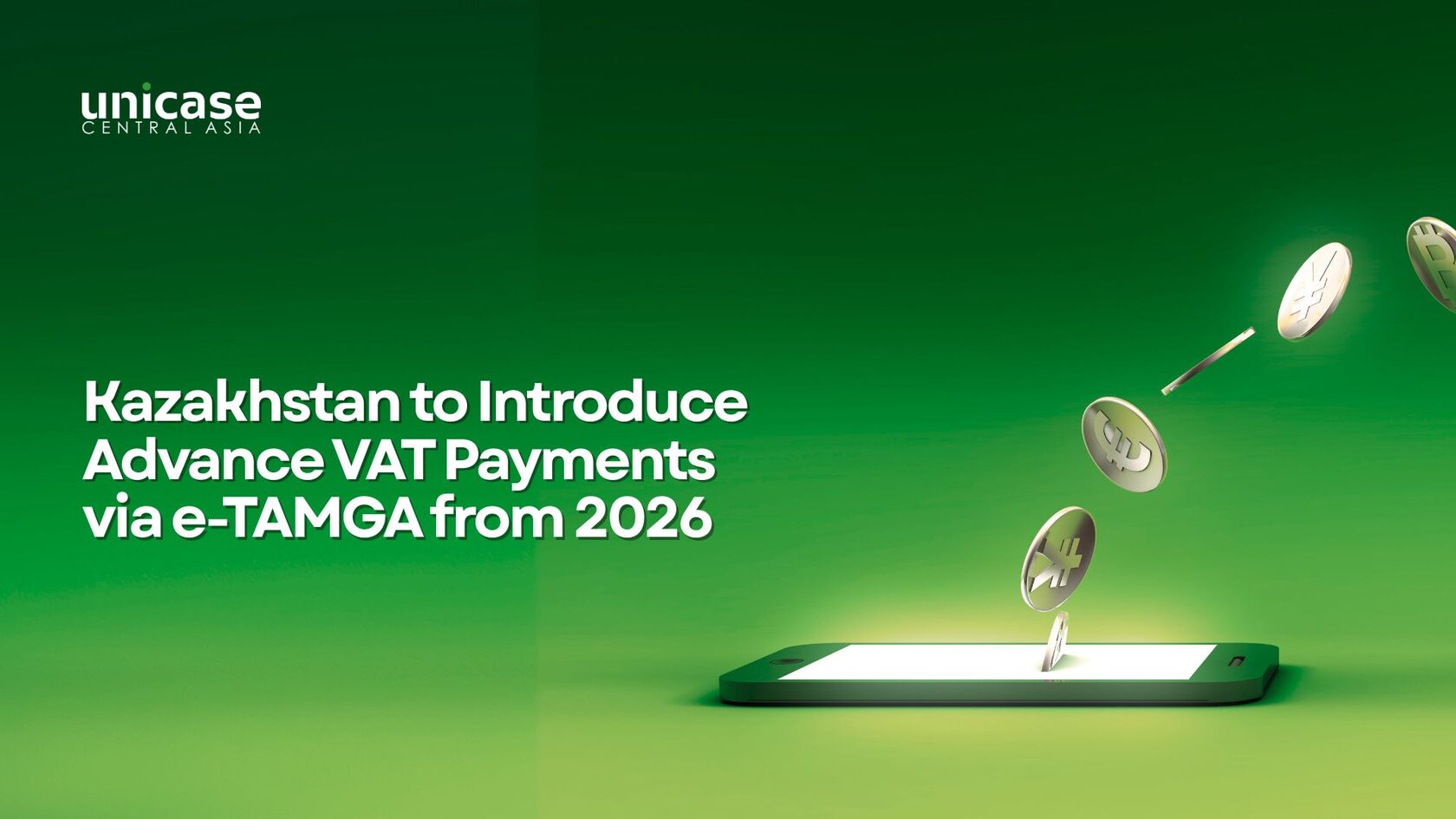“e-TAMGA” and Advance VAT: What Will Change for Businesses from January
Starting in 2026, businesses in Kazakhstan will face a significant innovation: before issuing an electronic invoice, they will need to pay VAT in advance. This is the key principle of the “e-TAMGA” system, which the Ministry of Finance is launching as a tool for monitoring VAT settlements.
First of all, it is important to understand what “e-TAMGA” is. “e-TAMGA” is an electronic system of the Ministry of Finance designed to oversee the issuance of electronic invoices and ensure the timely payment of VAT. The system is straightforward: when an invoice is created, it automatically checks whether the company’s special account contains sufficient tax funds. If the balance is insufficient, the registration of the document is blocked until the account is replenished.
The initial version of the project envisaged broad coverage of taxpayers, including new VAT payers, companies after re-registration, entities that regained the right to issue electronic invoices, as well as those that had revoked invoices after confirming turnover. For businesses, this posed a serious increase in the compliance burden, as the VAT registration threshold is simultaneously being lowered, and the rules for participants in the simplified declaration regime are becoming stricter.
After consultations with the National Chamber of Entrepreneurs Atameken, the Ministry of Finance agreed to a softer roll-out. At the first stage, starting from 1 January 2026, the mechanism will apply only to one category of taxpayers those who have revoked electronic invoices after confirming actual turnover. In addition, the authorities pledged to take into account the specific features of certain sectors agriculture, healthcare, freight forwarding, and commission services and to adapt the timing of automated controls accordingly.
For companies, this is not a reason to delay preparations. It is already advisable to review internal processes for issuing electronic invoices, set aside a reserve for tax payments, and assess the impact of the advance mechanism on working capital. The better businesses prepare for “e-TAMGA”, the smoother the transition period will be.
Sources:
Starting in 2026, businesses in Kazakhstan will face a significant innovation: before issuing an electronic invoice, they will need to pay VAT in advance. This is the key principle of the “e-TAMGA” system, which the Ministry of Finance is launching as a tool for monitoring VAT settlements.
First of all, it is important to understand what “e-TAMGA” is. “e-TAMGA” is an electronic system of the Ministry of Finance designed to oversee the issuance of electronic invoices and ensure the timely payment of VAT. The system is straightforward: when an invoice is created, it automatically checks whether the company’s special account contains sufficient tax funds. If the balance is insufficient, the registration of the document is blocked until the account is replenished.
The initial version of the project envisaged broad coverage of taxpayers, including new VAT payers, companies after re-registration, entities that regained the right to issue electronic invoices, as well as those that had revoked invoices after confirming turnover. For businesses, this posed a serious increase in the compliance burden, as the VAT registration threshold is simultaneously being lowered, and the rules for participants in the simplified declaration regime are becoming stricter.
After consultations with the National Chamber of Entrepreneurs Atameken, the Ministry of Finance agreed to a softer roll-out. At the first stage, starting from 1 January 2026, the mechanism will apply only to one category of taxpayers those who have revoked electronic invoices after confirming actual turnover. In addition, the authorities pledged to take into account the specific features of certain sectors agriculture, healthcare, freight forwarding, and commission services and to adapt the timing of automated controls accordingly.
For companies, this is not a reason to delay preparations. It is already advisable to review internal processes for issuing electronic invoices, set aside a reserve for tax payments, and assess the impact of the advance mechanism on working capital. The better businesses prepare for “e-TAMGA”, the smoother the transition period will be.
Sources:
